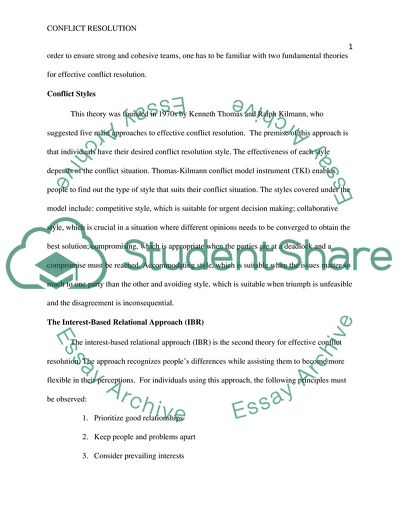Conflict Resolution: Resolving Conflict Rationally and Effectively Assignment. https://studentshare.org/human-resources/1800157-human-resource
Conflict Resolution: Resolving Conflict Rationally and Effectively Assignment. https://studentshare.org/human-resources/1800157-human-resource.


